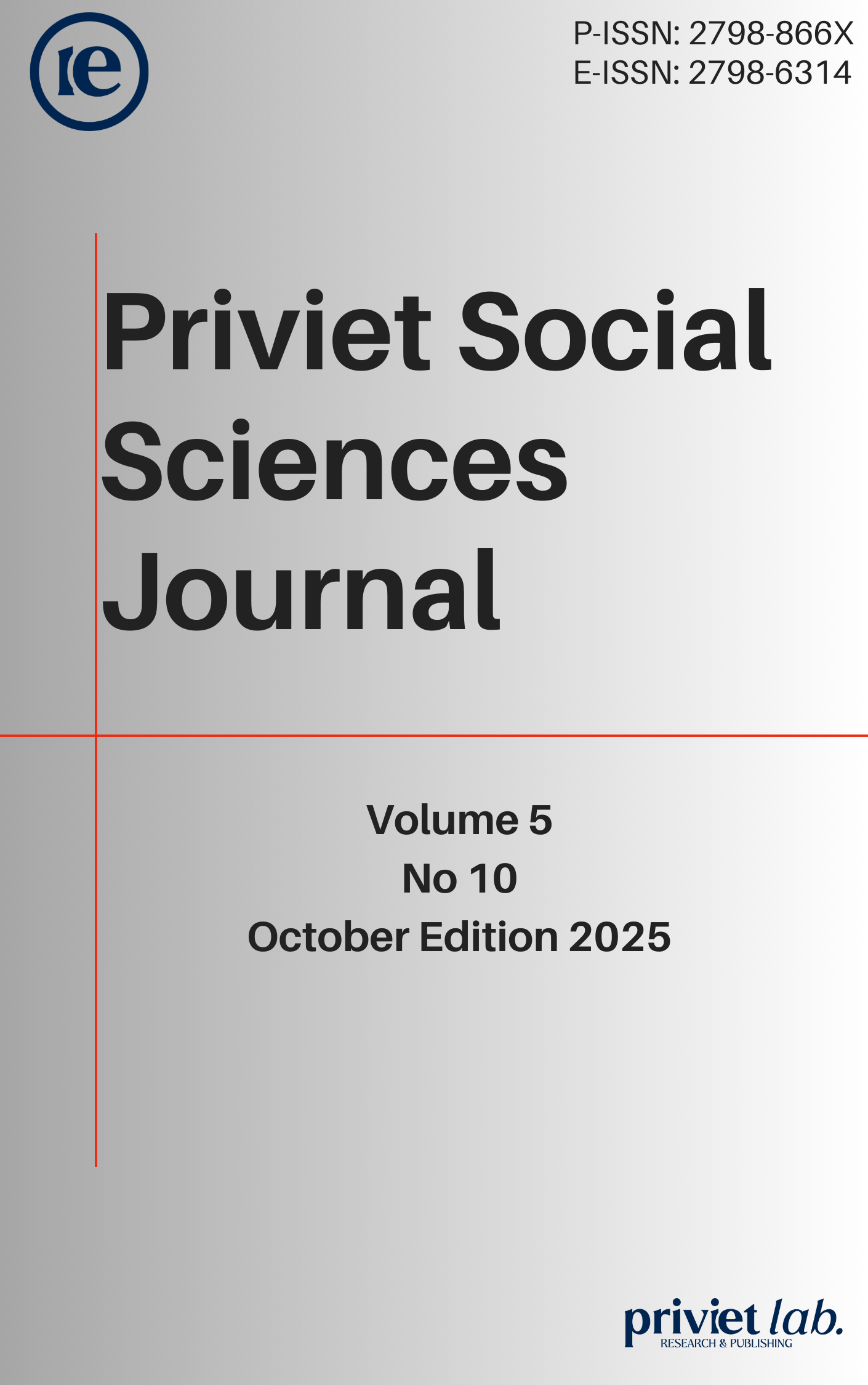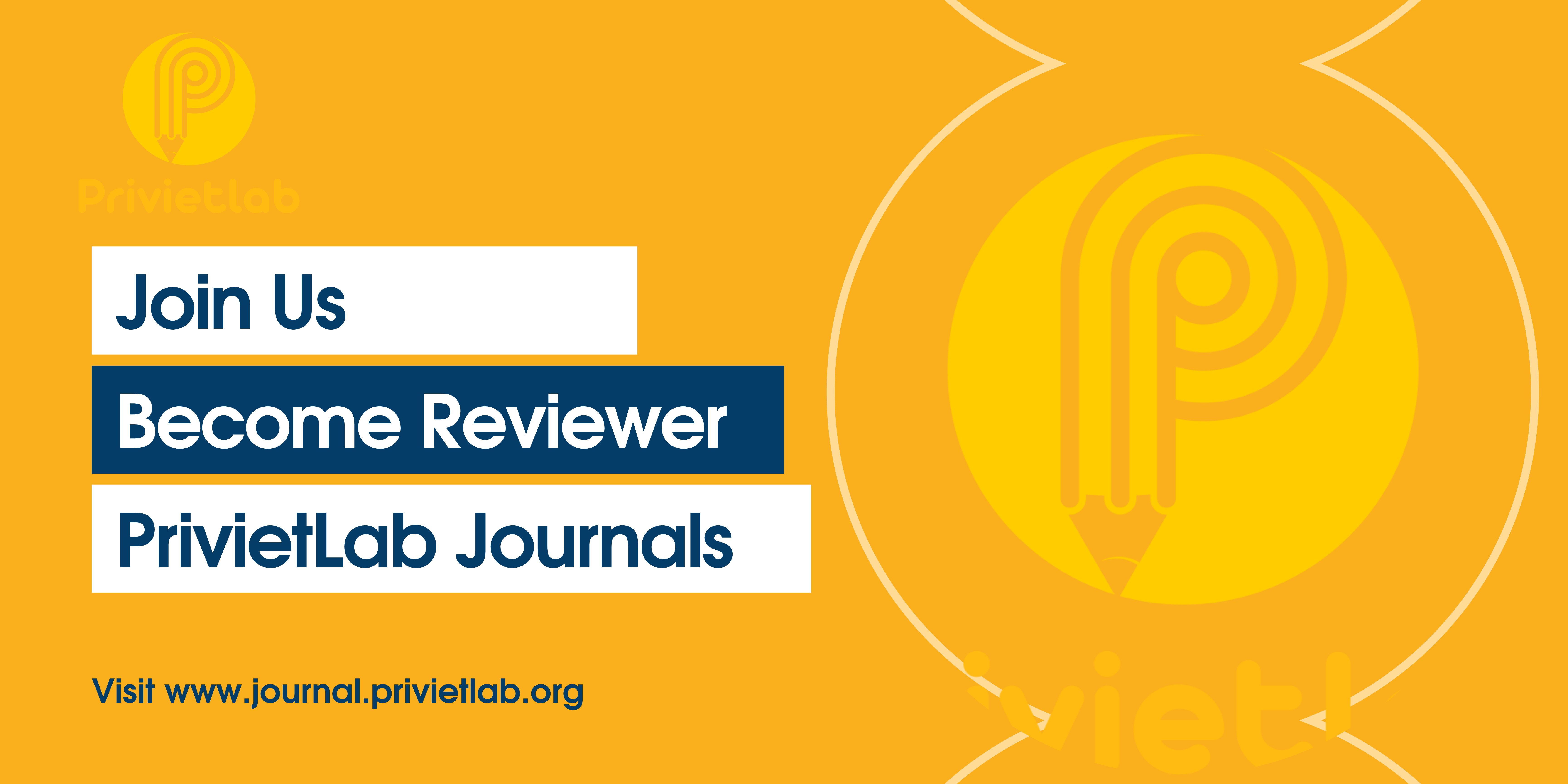Empowering farmers through the affordable main rice field program to increase rice production by the agriculture office of Pesisir Selatan Regency in Nagari Koto Berapak, Bayang District
DOI:
https://doi.org/10.55942/pssj.v5i10.892Keywords:
Farmer empowerment, Affordable Main Rice Fields, Rice productionAbstract
This program was created to assist farmers with issues, such as high production costs and low harvest yields. However, reality in the field shows that the implementation of the SPM Program is still far from expectations, both in terms of achievements and the impact produced. The problems encountered by the researchers included farmers’ low understanding of the SPM Program, lack of outreach, ongoing assistance, and training from the Agriculture Office and the local government. In addition, there is minimal community participation in the SPM Program, inadequate infrastructure for implementing the SPM Program, and a limited number of facilitators to carry out the program. This study used a qualitative design with descriptive statistics. This study focuses on the empowerment of farmers through the Sawah Pokok Murah program to increase rice production by the Agriculture Office of Pesisir Selatan Regency in Nagari Koto Berapak, as viewed from the implementation of the program and the influencing factors. Informants were selected using purposive sampling, which is an intentional selection based on considerations relevant to the research focus. The informants in this study included the Agriculture Office of Pesisir Selatan Regency, SPM Program Extension Cadres for Bayang District, Wali Nagari, Leader of the Farmer Group, SPM program mobilizer for Nagari Koto Berapak, and members of the community participating in the SPM Program who were also selected using purposive sampling. Data collection techniques included interviews, observations, and documentation. Data analysis was conducted using the Miles and Huberman model, which involves data collection, reduction, display, verification, and conclusion drawing. The research results show that the SPM Program in Nagari Koto Berapak has produced positive outcomes, including increased farmer capacity (Human Development), increased productivity through MTOT (≈5 → 12 tons/ha) and cost efficiency (Business Development), as well as promoting environmentally friendly practices (Environmental Development). In addition, the program has successfully reactivated farmer groups (Institutional Development), although the level of independence still needs improvement. The main obstacles faced include limited managerial capacity and capital as well as less-than-optimal private sector partnerships. Some of these obstacles have been addressed with support from the Food Brigade, the World Bank/UBI, and commitments from the Agriculture Office.
References
Haqqie, S. N. Y., & Natasya, S. (2016). Partisipasi masyarakat dalam program pemberdayaan (Studi kasus kegiatan pembuatan pupuk organik di Desa Blagung, Boyolali). Semarang: Universitas Negeri Semarang.
Haryoko, S., Bahartiar, & Arwadi, F. (2020). Analisis data penelitian kualitatif (Konsep, teknik, & prosedur analisis).
Mardikanto, T., & Soebiato. (2012). Konsep pemberdayaan sosial dan manfaatnya. Bandung: Alfabeta.
Nadziroh, N. (2020). Potensi sumber daya alam Indonesia dalam pembangunan ekonomi. Jurnal Ekonomi Pembangunan, 10(1), 1–15.
Ningrum, M. S. (2021). Pemberdayaan masyarakat melalui kelompok tani dalam meningkatkan produktivitas petani padi (Studi pada Kelompok Mekar Tani di Kelurahan Babakan Kalangsari Kecamatan Cipedes Kota Tasikmalaya) (Skripsi). Universitas Siliwangi.
Nurdin, D., Putera, R. E., & Yoserizal, Y. (2020). Efektivitas Dinas Pertanian Kota Padang dalam pelaksanaan program Jajar Legowo. Jurnal Ilmu Administrasi Negara ASIAN (Asosiasi Ilmuwan Administrasi Negara), 8(1), 62–72. https://jurnal.asian.or.id/index.php/JIANA/article/view/13
Paramata, D. D., Umar, M. K., & Setiawan, D. G. E. (2024). Pemberdayaan masyarakat desa berbasis angka putus sekolah (APS) untuk pencapaian target SDGs. Jurnal Sibermas (Sinergi Pemberdayaan Masyarakat), 13(2), 176–184. https://ejurnal.ung.ac.id/index.php/sibermas/article/view/17408
Rabiah, S., Hertati, L., Puspitawati, L., Gantino, R., & Ilyas, M. (2022). Pengaruh basis pemberdayaan masyarakat desa terhadap kreativitas kelompok masyarakat desa guna meningkatkan taraf hidup masyarakat desa era Covid-19. Indonesia Berdaya. https://www.academia.edu/download/87109688/121.pdf
Sari, D. A. (2022). Pemberdayaan kelompok tani padi oleh Dinas Tanaman Pangan, Hortikultura dan Perkebunan Kabupaten Konawe Provinsi Sulawesi Tenggara (Tesis). Institut Pemerintahan Dalam Negeri. http://eprints.ipdn.ac.id/7837/
Sapriyadi, S., Nuddin, A., & Nurhapsa, N. (2023). Peran kelompok tani dan strategi dalam upaya peningkatan produksi tanaman padi di Desa Sereang Kecamatan Maritengngae Kabupaten Sidenreng Rappang. Prosiding Seminar Nasional Ekonomi dan Teknologi.
Downloads
Published
How to Cite
Issue
Section
License
Copyright (c) 2025 Enggalia Lestari, M. Fachri Adnan

This work is licensed under a Creative Commons Attribution 4.0 International License.

















